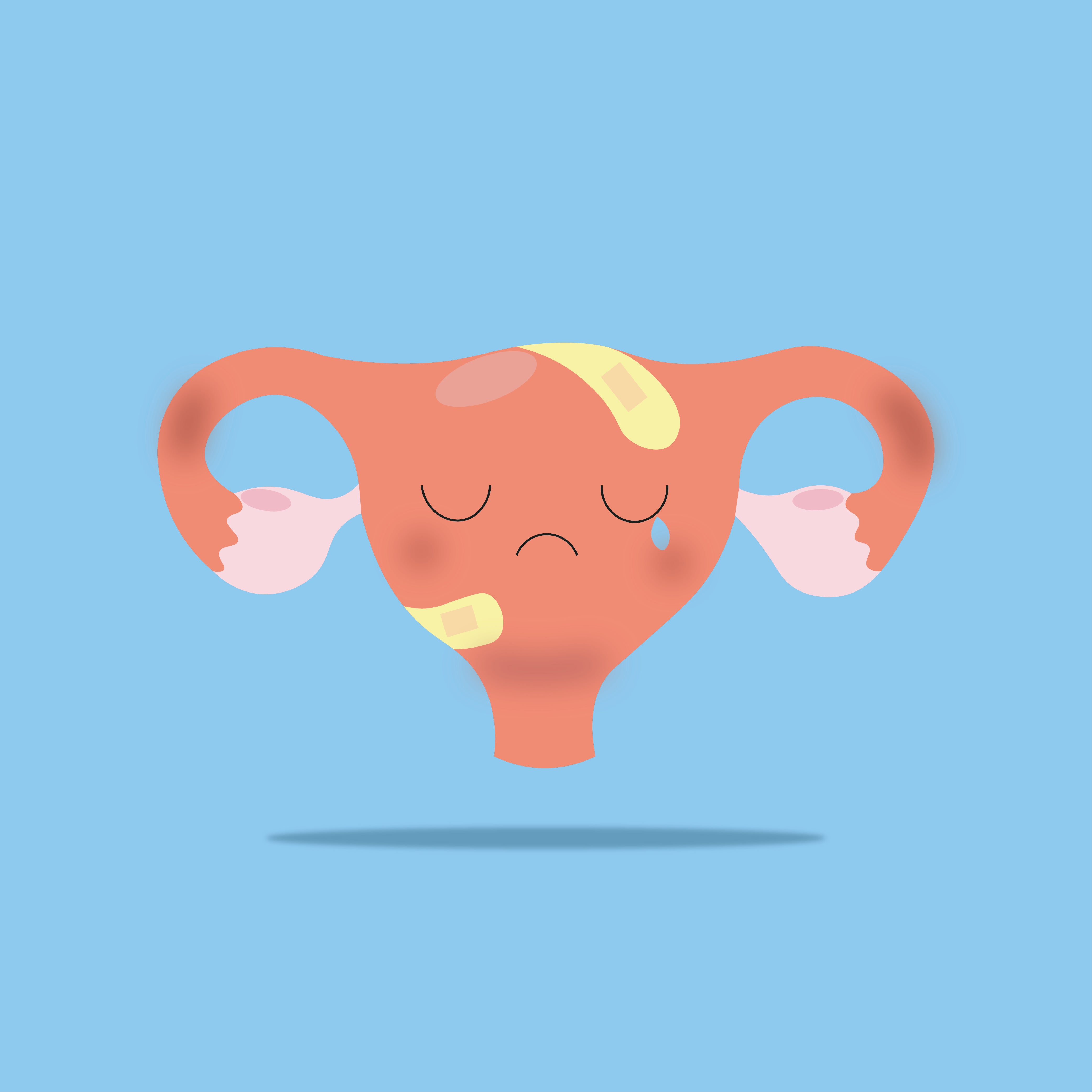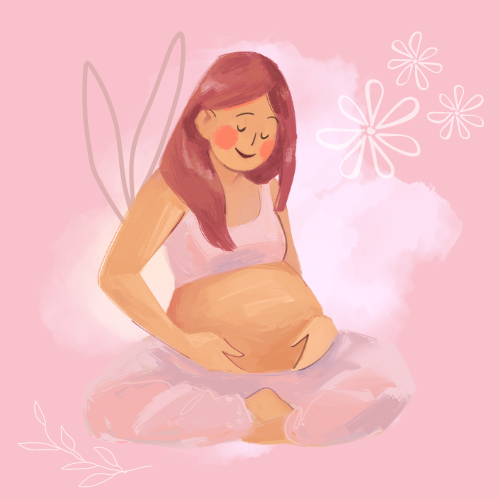Osteoporosis In Women
"You Have Osteoporosis." These three words are the truth for most women in their 30s and beyond. According to several orthopedic doctors, women are more susceptible to osteoporosis than men. Let's look into why women are more likely to get osteoporosis.

What is Osteoporosis?

Osteoporosis is an orthopedic condition in which the bone becomes porous. As a result, eventually it leads towards making them weak and brittle. Even minor to mild trauma or accidents can easily result in a fracture.
There are mainly two reasons for women being more susceptible to having osteoporosis.
Estrogen

The female hormone estrogen is the primary cause of osteoporosis in women. Estrogen regulates the fertility cycle. Simultaneously, it keeps the bones healthy and strong, and things run smoothly until menopause. After menopause, hormonal levels drop significantly, which contributes significantly to low bone density.
The reason for this is that women continue to lose bone density after menopause. According to gynecologists, women who experience menopause at a younger age are at a higher risk of complications. Women who have their cycles at a younger age or who use contraception (with estrogen) often have healthier bone mass.
Furthermore, having irregular periods or starting them at a much later age are some of the reasons for having lower bone mass than others. Aside from these, having the ovaries removed can result in decreased bone mass.
Estrogen is a hormone that controls mineral deposition, which is what gives bones their strength. The level of estrogen in women reaches a halt when they reach menopause. As a result, the body is unable to generate and deposit sufficient quantities of bone minerals.
Bone Structure

Women have a delicate profile by nature. As a result, their bones are smaller and weaker than men's. As a result, they're more likely to experience bone degradation.
Osteoporosis is frequently caused by factors that are prevalent during childhood and adolescence. Women reach their peak bone mass growth around the age of 18, while men continue to grow until the age of 20. Furthermore, women have a smaller bone structure than men, and as a result, their bone mass density is lower. These factors make women more prone to orthopedic problems.
Management and Prevention

Diet and a healthy lifestyle are the most effective ways to avoid osteoporosis. Other management methods include the following:
Consume Vitamin D: Even when women consume the recommended amount of calcium, they can develop osteoporosis. The cause is a vitamin D deficiency. While bones require calcium, its absorption is dependent on Vitamin D. The sun is the most natural and efficient source of Vitamin D. Vitamin D can also be obtained from egg yolks, soymilk, cod liver oil, and salmon.
SERM Treatment: SERM stands for 'Selective Estrogen Receptor Modulator.' It is a prescription medication used to increase oestrogen levels after menopause. However, the treatment should only be administered under the supervision of an orthopedic doctor.
To summarize, diet is the first effective preventive measure that reduces the risk of osteoporosis, and everything else follows. As a result, watch what you eat and drink.
Leave a Message
This site is protected by reCAPTCHA and the Google Privacy Policy & Terms of Service apply.





